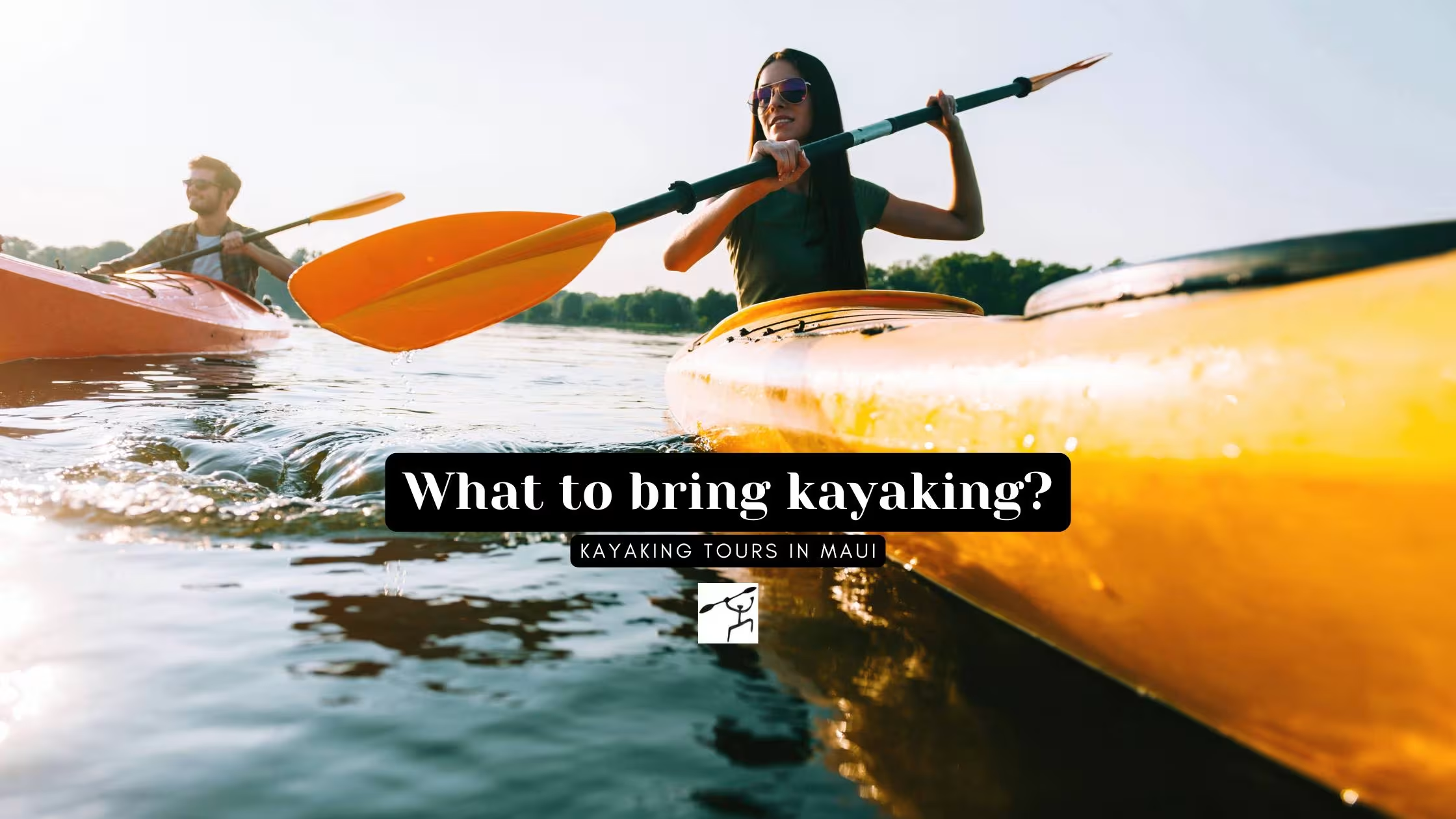
What to bring kayaking
What to bring kayaking
What to bring kayaking
What to bring kayaking
What to bring kayaking
what to pack for kayaking, kayaking packing list, kayaking day trip checklist, kayaking gear list, what to take on a kayaking trip, essential kayaking gear, kayaking essentials, what to bring when kayaking, kayak trip gear checklist, what to wear kayaking, kayaking day essentials, what to carry for kayaking, kayak equipment list, kayak safety gear checklist, must-have kayaking items
What You Need for a Day on the Water?
Whether you are planning a leisurely morning paddle or an all-day excursion, packing thoughtfully turns good trips into great ones. If you are not sure where to start, the list below covers the gear that will keep you safe, comfortable, and entertained from launch to landing.
Personal Safety Gear
Safety is always the first priority, so begin with these items:
Life Jacket (PFD): Your most essential safety gear ensure it fits well and keep it on throughout your trip.
Whistle or signaling device: Most waterways require one, and a loud, hands-free whistle takes up almost no space.
Dry bag: An airtight pouch is essential for keeping phones, keys, and trail mix dry in case of splashes or capsizes.
First Aid Kit: Go for a small, waterproof kit equipped to handle minor injuries like cuts, blisters, and bug bites.
Paddling Equipment
Your paddling performance and comfort rely heavily on having the right gear:
Paddle: Pick a lightweight, size-appropriate paddle to match your height and stroke style.
Spare paddle: Accidents happen; a backup prevents a long swim back.
Spray skirt (for sit-ins): When paddling in rough water, a skirt will stop waves from soaking your cockpit.
Bilge pump or sponge: Pair a hand-operated pump or a simple sponge with a small towel to keep the inside of the boat dry.
Clothing and Sun Protection
Your wardrobe can make or break a trip, so dress for the conditions you will actually meet on the water:
- Quick-dry layers: Forget cotton; synthetic or merino wool tops and bottoms handle spray and sweat well.
- Water shoes or strapped sandals: Durable footwear that shields your feet on land and offers reliable traction on your kayak.
- Hat and Sunglasses: A broad-brimmed hat and polarized sunglasses reduce glare and protect your eyes from the sun.
Sun protection is a must before you step onto the water, so apply reef-safe sunscreen to your skin and keep a tinted lip balm handy. Both will shield you from harsh rays without harming fragile coral later in the day.
Depending on Maui’s fickle weather, you may want a lightweight rain jacket or a vented windbreaker to cut through morning chill. Either layer rolls up small enough to tuck under a bungee when the sun wins.
Navigation and Communication
Navigation is not a luxury; it’s how you stay safe out there:
- Paper map and compass
- Handheld GPS (optional)
- Cell phone in waterproof case
- VHF radio (if going offshore)
Hydration and Snacks
Hydration fuels every paddle stroke:
- Water bottles or hydration bladder
- Electrolyte tablets
- Snacks: Trail mix, chewy granola bars, slices of banana, or a packed lunch
Comfort & Extras
- Seat cushion
- Microfiber towel
- GoPro or waterproof camera
- Waterproof notebook
Optional but Helpful
- Fishing gear (if allowed)
- Binoculars
- Headlamp
Final Notes
Lastly, pack light but deliberately: every piece of kit should earn its spot. Review the weather and tide conditions the night before your trip, and make sure to inform a friend on land about your float plan. Prepared this way, you can concentrate on the rhythm of the sea, not the limitations of your pack.
If you’re new to paddling or haven’t acquired personal equipment yet, Maui Adventure Tours Kayak & Snorkel Company runs guided trips stocked with every essential. Just show up, listen to the briefing, and glide into the turquoise water.








